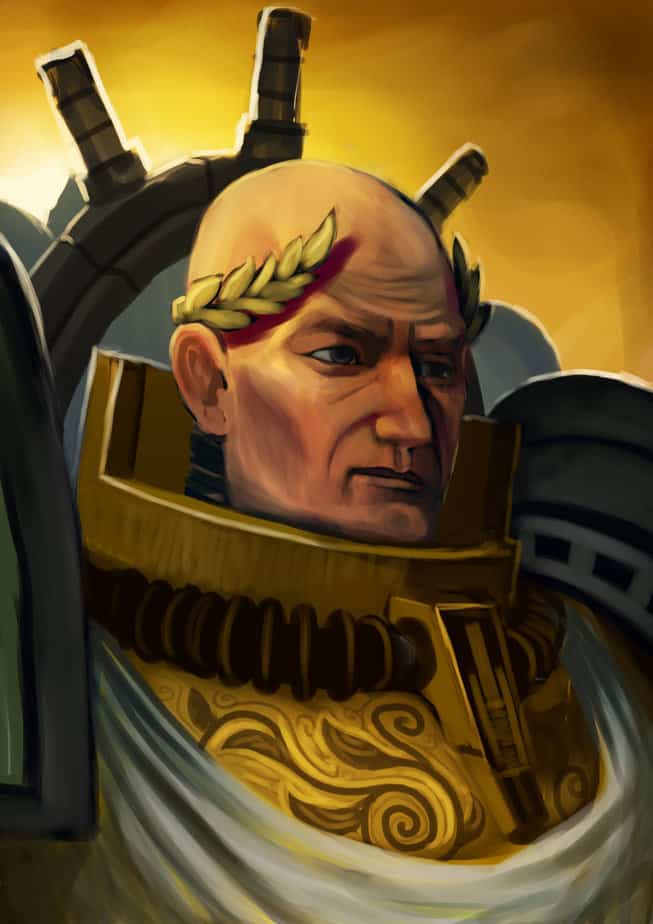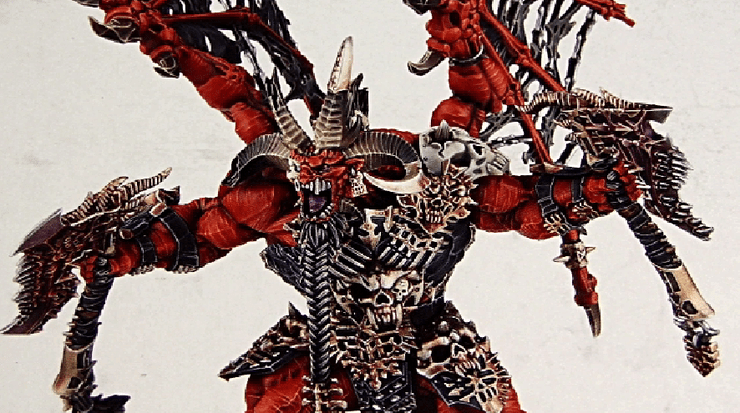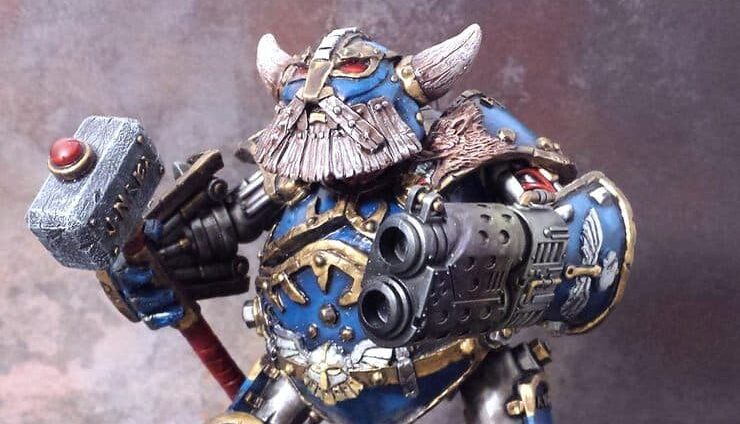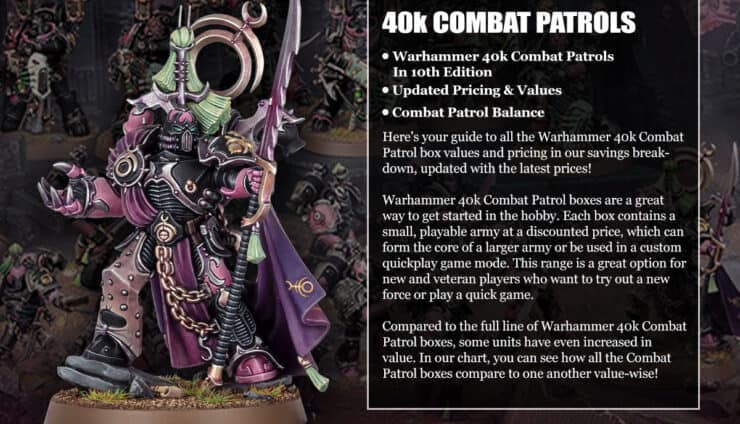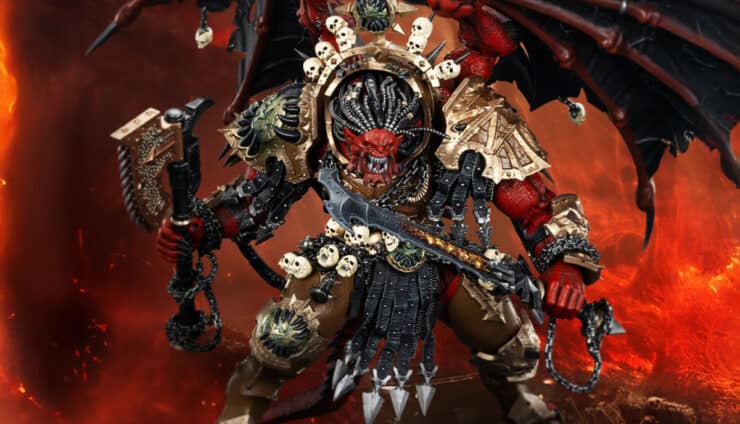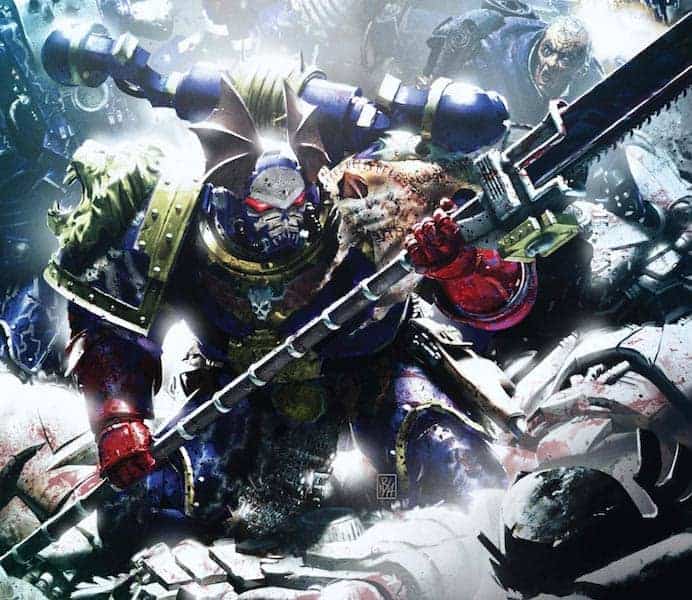
When it comes to Warhammer 40k characters who master the fine line between fearsome and fascinating, Jago Sevatarion—better known as Sevatar or the Prince of Crows—tops the list with his famous battles and quotes. He’s more than just a brutal warrior.
Sevatar embodies the darker, more complex side of the Night Lords Legion, blending ruthless efficiency with a wicked sense of humor and a dash of unpredictable psychic power. Let’s unpack what makes Sevatar such a standout figure, from his grim upbringing on Nostramo Quintus to his meteoric rise as the First Captain of the Night Lords.
40k Lore – Jago Sevatarion, The Prince of Crows
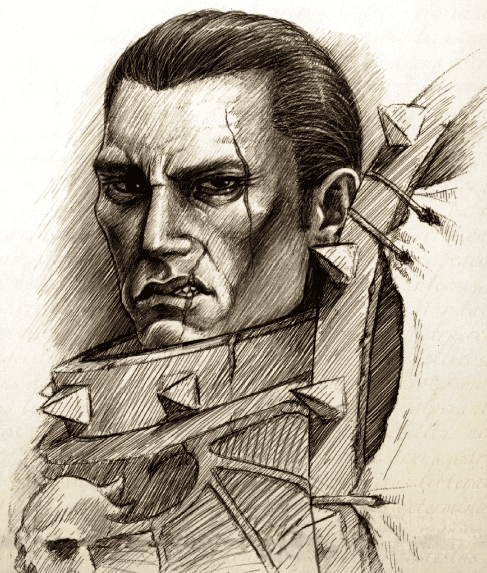
He didn’t just survive; he thrived, learning how to navigate the city’s criminal underworld with an instinct for violence and a cold detachment that would serve him well later on.
Origins & Rise to Power in the Night Lords Legion
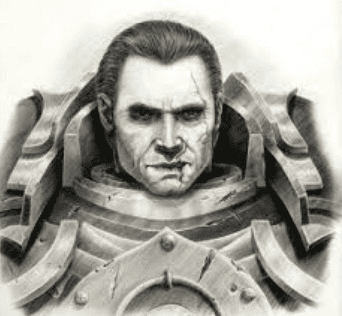
Sevatar’s early life wasn’t exactly a heartwarming tale of overcoming adversity. Instead, it was more like a masterclass in what happens when a kid is too clever, too cynical, and too dangerous for his own good. What set him apart, though, wasn’t just his sharp instincts—it was his psychic powers.
That’s right, Sevatar wasn’t just good with a blade; he had the Warp whispering in his ear. But instead of embracing these gifts, he stuffed them down like a bad secret.
Sevatar hated what made him different, and this repression only added to his internal complexity. He wasn’t interested in showing off; he was interested in staying lethal.
The Path to First Captain
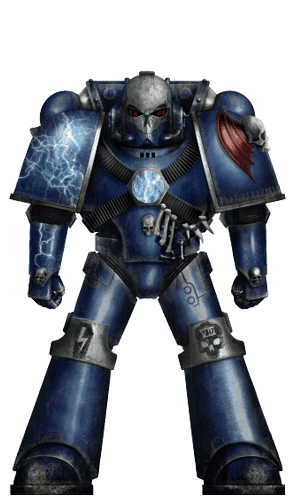
He adapted to the Legion like a fish to water—or perhaps a predator to prey. Sevatar didn’t waste time climbing the ranks, thanks to his ruthless combat skills and knack for strategy.
What set him apart in the Legion was his calculated approach to warfare. While most Night Lords reveled in fear and chaos, Sevatar wielded both like tools—efficient, effective, and always to achieve a goal. He wasn’t just a butcher; he was an artist in the grim, unforgiving craft of war.
His ascent to First Captain was swift, and soon, he became the right-hand man to Konrad Curze, the Primarch of the Night Lords himself, long before being labeled as a heretic.
Sevatar’s relationship with Curze was complex. As an equerry, he wasn’t just a subordinate; he was one of the few who could somewhat rein in the Night Haunter’s more destructive tendencies.
While others feared Curze’s visions of doom and destruction, Sevatar seemed to understand them, even if he didn’t always agree. It was a partnership forged in blood and terror, but one that brought Sevatar unparalleled power in the Legion.
Sevatarion’s Role in the Great Crusade
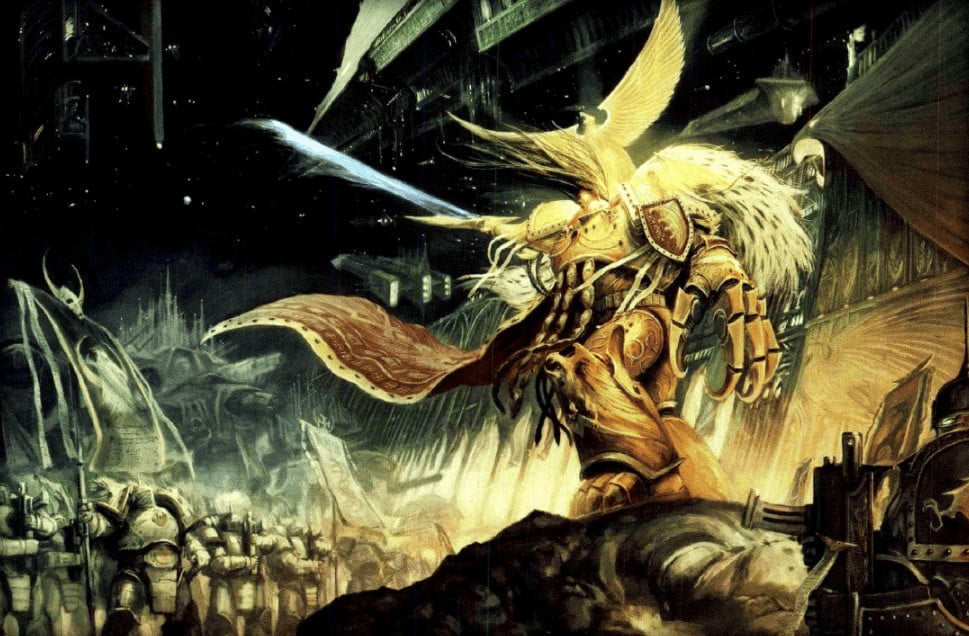
Sevatar was a master tactician, and his role during the Great Crusade was more about calculated chaos than mindless slaughter. For Sevatar, war wasn’t just about winning battles—it was about making sure the enemy didn’t even want to fight in the first place.
Master Tactician and Ruthless Leader
Sevatar didn’t just lead any group of Space Marines—he led the Atramentar, the elite Terminator cadre of the Night Lords. These warriors weren’t your average Astartes; they were walking tanks of terror, with Sevatar orchestrating their every move.
Under his command, they didn’t simply defeat enemies; they psychologically destroyed them. As a commander, Sevatar knew that victory came not only through force but also by instilling fear long before the first blow was struck. The Atramentar, draped in ominous midnight blue and flayed skin, were the tools of that fear. They didn’t just kill their enemies—they haunted them.
Notable Campaigns and Duels
Sevatar wasn’t shy when it came to getting his hands dirty, either. He was known for leading from the front, and his battle prowess was the stuff of legend. One duel that stands out is his infamous bout with Sigismund of the Imperial Fists.
For nearly thirty hours, they fought, each blow a testament to their skill and endurance. In the end, Sevatar, true to his no-holds-barred attitude, ended the duel by headbutting Sigismund.
It was technically a foul, but Sevatar’s point was clear: honor had no place on the battlefield. And while Sigismund might have begrudged the move, he respected Sevatar all the more for it.
Comparison to Other First Captains
When it comes to comparing the Sevatar with his contemporaries, Ezekyle Abaddon of the Sons of Horus often comes to mind. While Abaddon was a force of sheer, blunt aggression, Sevatar was the cold strategist.
Where Abaddon led with overwhelming power, Sevatar preferred to strike at his enemies’ psyche, making him the more insidious of the two. If Abaddon was the sledgehammer of the Legions, Sevatar was the scalpel.
The Horus Heresy: Sevatarion’s Dark Legacy
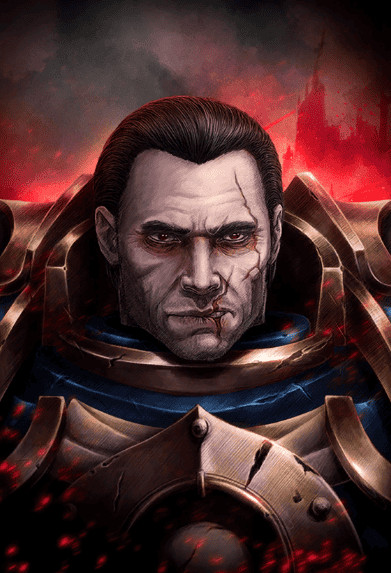
Sevatar’s Declaration: “Death to the False Emperor”
The Drop Site Massacre and Betrayal
Sevatar played a key role in the infamous Drop Site Massacre, where the forces loyal to Horus turned on their former allies. The Night Lords were part of the second wave of Legions that pretended to aid the loyalists, only to betray them at a crucial moment.
It was Sevatar, standing tall among the traitor forces, who famously was the first heretic to shout the cry of “Death to the False Emperor!” marking his place in 40k history as the First Heretic to voice that treachery. This declaration wasn’t just a battle cry—it was the beginning of the galaxy-wide rebellion that would echo across millennia.
Sevatar’s Relationship with Lorgar and the Word Bearers
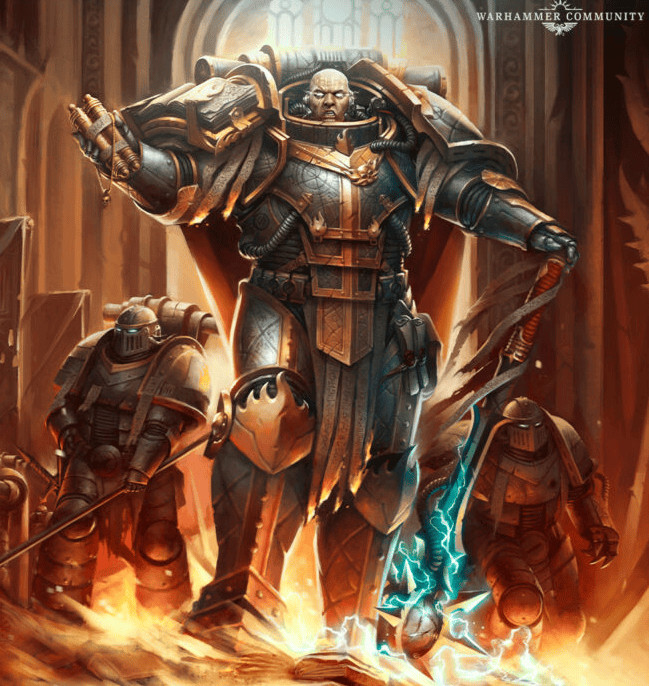
Though Sevatar wasn’t exactly Lorgar’s fanboy, the influence of the Word Bearers Primarch and the first heretic on Sevatar’s actions during the Heresy can’t be ignored. The First Heretic helped shape the ideological foundation of the rebellion, and while Sevatar was never as fanatical as Lorgar, he understood the necessity of breaking free from the Emperor’s control.
Tensions with the Gal Vorbak
However, Sevatar had little patience for the Word Bearers’ descent into Warp-based madness and the First Heretic. He was openly hostile to the Gal Vorbak, the daemon-infused warriors of Lorgar’s Legion, viewing them as twisted abominations rather than allies. Sevatar was fine with treachery—chaotic mutation, not so much.
The Thramas Crusade: Battles Against the Dark Angels
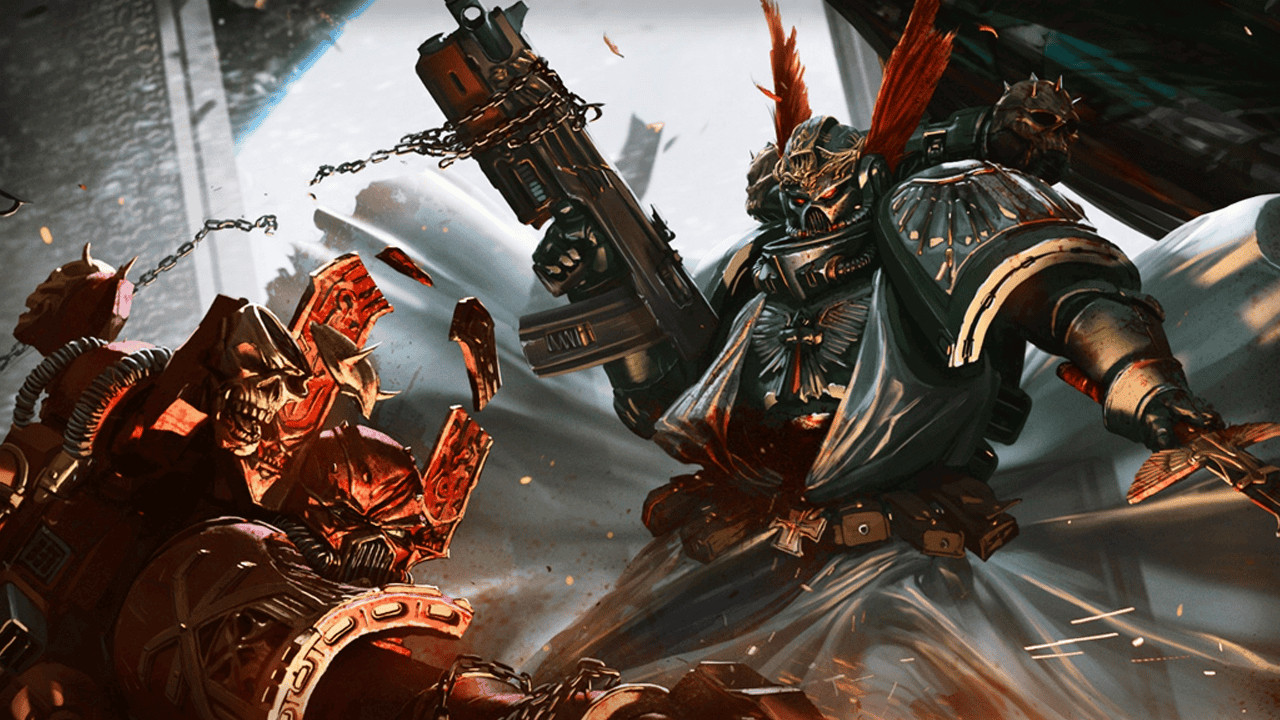
Confronting Lion El’Jonson and the Dark Angels
The Parley on Tsagualsa
Sevatar’s encounter with Lion El’Jonson during the parley on Tsagualsa is legendary. Accompanying his Primarch, Konrad Curze, Sevatar taunted the Dark Angels’ representatives, including Corswain, whose snappy insults earned Sevatar’s twisted respect. Things quickly escalated into a brawl between the Primarchs, with Sevatar taking joy in the chaos.
Sevatar’s Personal Feud with Corswain
Sevatar’s feud with Corswain was more than just battlefield banter—it was a deadly rivalry. Corswain represented everything Sevatar despised about the loyalist mindset: honor, duty, and all the nonsense that didn’t win wars. Corswain, meanwhile, saw Sevatar as a dishonorable killer. Their skirmishes during the Thramas Crusade were personal, bloody, and unforgettable.
Sevatar’s Leadership after Konrad Curze’s Wounding
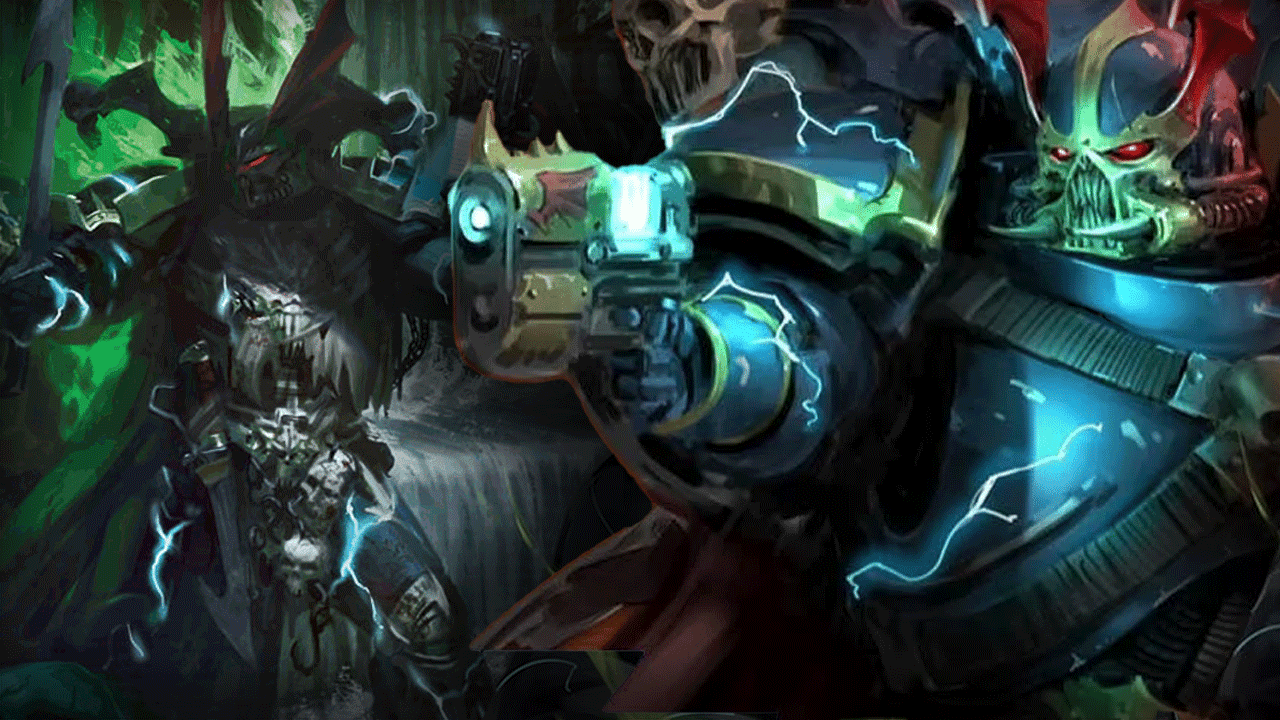
When Curze was wounded by the Lion during the ambush at Sheol, it fell to Sevatar to rally the Night Lords. With cold determination, Sevatar restructured the Legion, even executing some of his own men to maintain order. It wasn’t about power for Sevatar—it was about keeping the Night Lords alive in the face of overwhelming odds.
Unlocking His Psychic Powers
Finally, during the later stages of the Crusade, Sevatar’s repressed psychic abilities burst forth. While he had long buried his psychic potential, the desperate circumstances forced him to tap into the Warp. Though it came at great personal cost, his newfound powers allowed him to lead his warriors in the final moments of the conflict, showing once again that Sevatar would do whatever it took to survive—and win.
Jago Sevatarion’s 40k Quotes, Death to the False Emperor, & Legacy
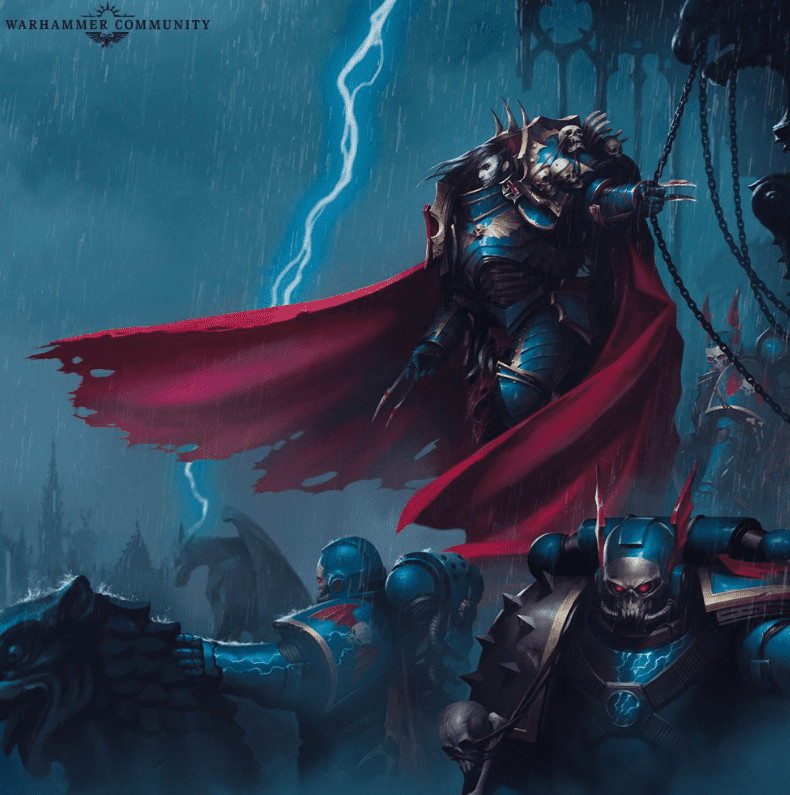
Let’s break down some of his most memorable lines and explore the legacy he left behind.
Famous Jago Sevatarion Quotes
When it comes to Jago Sevatarion quotes, you’re not just getting generic war cries. Sevatar’s words drip with menace and purpose, perfectly mirroring his ruthless character. Here are two of his most iconic quotes that have echoed through the millennia and will go down as the first heretic to shout one of the most famous phrases in 40k, “Death to the False Emperor.”
“Death to the False Emperor”
This isn’t just any phrase; it’s a line that sparked a rebellion and has been repeated by Chaos forces across the galaxy ever since. The first time a heretic shouted “Death to the False Emperor,” it came from none other than Sevatar himself during the Drop Site Massacre.
As loyalist Space Marines staggered back, reeling from the betrayal of their so-called brothers, Sevatar’s voice rang out, kicking off a battle cry that would define the Heresy. “Death to the False Emperor!” has not only become a rallying cry but also a favorite of chaos players around the globe!
Context Behind the Famous Declaration
At that moment, he wasn’t just calling for the death of the Emperor—he was making a statement about rebellion, power, and the future of the galaxy, a heretic at his finest hour and among the first to declare heresy so openly. This wasn’t just a casual line thrown in to sound cool; it was a symbol of how far the Night Lords and the other traitor legions had fallen from their former oaths.
When Sevatar spat those words into the void, he was rejecting everything the Imperium stood for—order, loyalty, and the Emperor’s twisted vision of humanity. The fact that he was the first to say it? Icing on the cake of his dark legacy.
“I am Justice. I am Judgement. I am Punishment.”
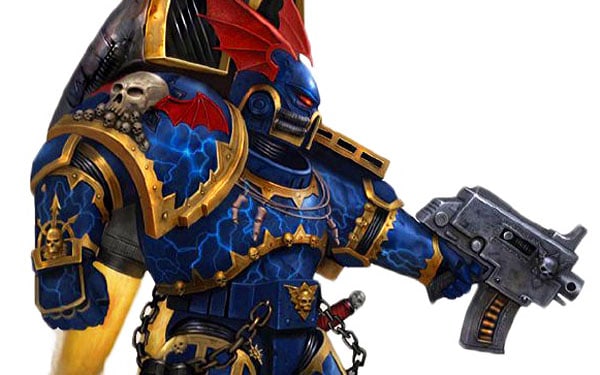
Sevatar’s Escape from the Dark Angels
Sevatar uttered these chilling words during his daring escape from the Dark Angels, aboard the Invincible Reason. After being captured during the Thramas Crusade, Sevatar found himself shackled and tortured, but did he break? Not a chance.
When he finally made his escape, it wasn’t just a jailbreak—it was a cold, calculated revenge. He didn’t just flee; he went after those who had wronged him, dealing out his version of justice to those who had dared lay hands on him. The words he left behind were more than a declaration—they were a promise of retribution to anyone who crossed him.
Sevatarion’s Death and the Dissolution of the Atramentar
No story about Sevatar would be complete without touching on his mysterious death—or lack thereof. His fate is one of the most hotly debated topics in Warhammer 40k lore.
Did he die during the Siege of Terra? Was he executed by his enemies? Or is he still out there, lurking in the shadows, waiting for the right moment to return? Theories abound, but the truth remains elusive.
The Fate of Sevatar After the Horus Heresy
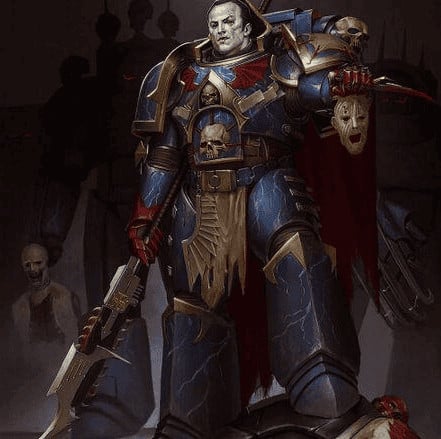
Given his track record, it’s entirely possible that he faked his death, or simply vanished into the Warp. With Sevatar, the line between life and death has always been blurry, so it’s no surprise that rumors of his survival persist.
Theories on Sevatar’s Death
One theory suggests that Sevatar was executed by his enemies, a fitting end for someone as dangerous as he was. Others believe he was betrayed by his own Legion, which wouldn’t be shocking, given the Night Lords’ penchant for infighting.
The most interesting theory, though, is that Sevatar remains alive, biding his time and waiting for the right moment to strike. Perhaps he’s still out there, planning one last act of vengeance.
The Impact of Sevatar’s Death on the Atramentar
Whether or not Sevatar died, the impact of his absence was undeniable. After his disappearance, the Atramentar—the elite Terminators he commanded—dissolved. Without Sevatar’s iron grip holding them together, the unit couldn’t sustain itself.
His death marked the end of an era for the Night Lords, and the Atramentar, without their leader, crumbled. Even the most hardened warriors knew that no one could replace Sevatar. His loss was felt deeply, not just as a military blow, but as a personal one.
Wargear of Jago Sevatarion
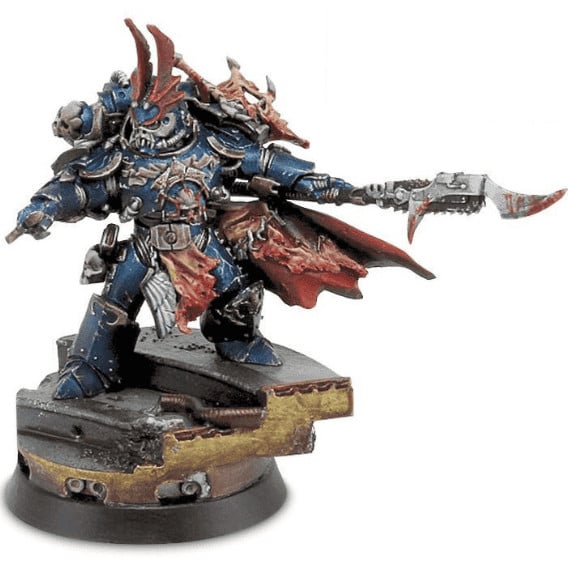
Night’s Whisper is as much a part of Sevatar as his reputation for brutality and cunning. Let’s take a closer look at this legendary chainglaive and how it added to Sevatar’s fearsome presence on the battlefield.
Nostraman Chainglaive: Night’s Whisper
Night’s Whisper wasn’t just your average Astartes weapon—it was a finely-tuned instrument of terror, perfect for a man like Sevatar. Imagine it cutting through the battlefield, its archaic motor purring ominously, not roaring like lesser chain weapons.
The sound alone was enough to give loyalists nightmares. Sevatar wasn’t content to just lead from the front; he had to lead with style, and this weapon helped cement his legacy as one of the most feared warriors in the galaxy.
Description of Night’s Whisper
For those unfamiliar with chainglaives, think of them as giant chainsaws attached to poles, and then sprinkle in some evil. Chainglaives are terrifyingly effective, slicing through armor like a hot knife through… well, whatever the equivalent of butter is in the 41st millennium.
But Night’s Whisper? That took things to a whole new level. It wasn’t just a brutal hacking tool—it was a master-crafted weapon of ancient design. Sleeker, deadlier, and far more refined than the crude chainswords used by the lower ranks, Night’s Whisper moved like a dancer through battle, leaving destruction in its wake.
Origins of the Nostraman Chainglaive
Here’s where things get interesting: Night’s Whisper wasn’t originally Sevatar’s weapon. It actually belonged to his Primarch, Konrad Curze—yes, the Night Haunter himself. Curze, who had a habit of discarding things once he’d had his fun with them, left the chainglaive behind in his blood-soaked sanctum.
Naturally, Sevatar claimed it for himself, because why not wield a weapon that literally comes with the Primarch’s seal of approval (or disdain, depending on how you see it)? The chainglaive, much like Nostramo, represented the cold and calculated cruelty that Sevatar embodied.
How Night’s Whisper Enhanced Sevatarion’s Combat Style
Now, we know Sevatar wasn’t just your run-of-the-mill brute. He was a master tactician, a warrior who combined precision with fear-mongering. Night’s Whisper wasn’t just a killing tool—it was an extension of Sevatar’s terrifying combat style.
With its smooth, almost elegant motor, Sevatar could fight for hours without losing stamina. And when that chainglaive tore into a loyalist’s armor, the silence of the weapon made the slaughter even more eerie. His enemies didn’t just see death coming—they felt it, creeping up on them with every move he made.
Night’s Whisper also gave Sevatar a tactical advantage in one-on-one duels. His fight with Sigismund—the famed First Captain of the Imperial Fists—was a grueling 30-hour contest of skill and endurance, heretic vs loyalist.
The fact that Sevatar could fight that long is partly thanks to his weapon. While other warriors’ weapons roared and faltered, Night’s Whisper purred along smoothly, never missing a beat.
Conclusion: The Enduring Legacy of Jago Sevatarion & His Quotes in 40k
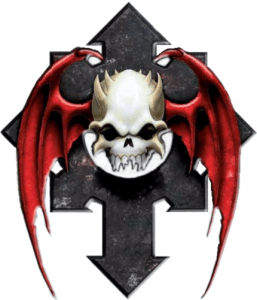
Jago Sevatarion’s Role in the Warhammer 40k Lore
Impact on the Night Lords’ Identity
Sevatar’s role as First Captain went beyond battlefield tactics and bloody victories. He helped shape the very soul of the Night Lords, a Legion already infamous for its fear-based warfare. Sevatar was the embodiment of their philosophy: terror as a weapon, precision as a means to an end, and ruthlessness as a guiding principle.
Even after his death (or disappearance—who’s to say?), the Night Lords continued to follow his example, becoming splintered warbands of terror and destruction.
Sevatar understood that the Night Lords were never meant to be honorable soldiers like the Ultramarines or loyal stoics like the Imperial Fists. They were murderers, predators who preyed on the weak.
His leadership reinforced this identity and gave the Legion the clarity it needed to embrace its darker nature long after the Heresy. While he might not be the first heretic, he was one of the most impactful.
Sevatarion’s Influence Beyond the Horus Heresy
Even beyond the Horus Heresy, Jago Sevatar’s legacy lives on through his quotes and battles. The dissolution of the Atramentar—his elite Terminators—after his death showed how irreplaceable he was. Without Sevatar to hold them together, the Atramentar couldn’t maintain their fearsome reputation, much like the Night Lords themselves, who slowly fractured after Konrad Curze’s death.
Sevatar’s influence, however, persisted. His legend remained, haunting the Night Lords and even inspiring some to wonder if he might still be out there, somewhere, waiting for his time to return.
All the Latest Warhammer Rules & Model Rumors
What do you think about the lore of Jago Sevatarion, the first heretic in Warhammer 40k to shout the quote, “Death to the False Emperor!”?
